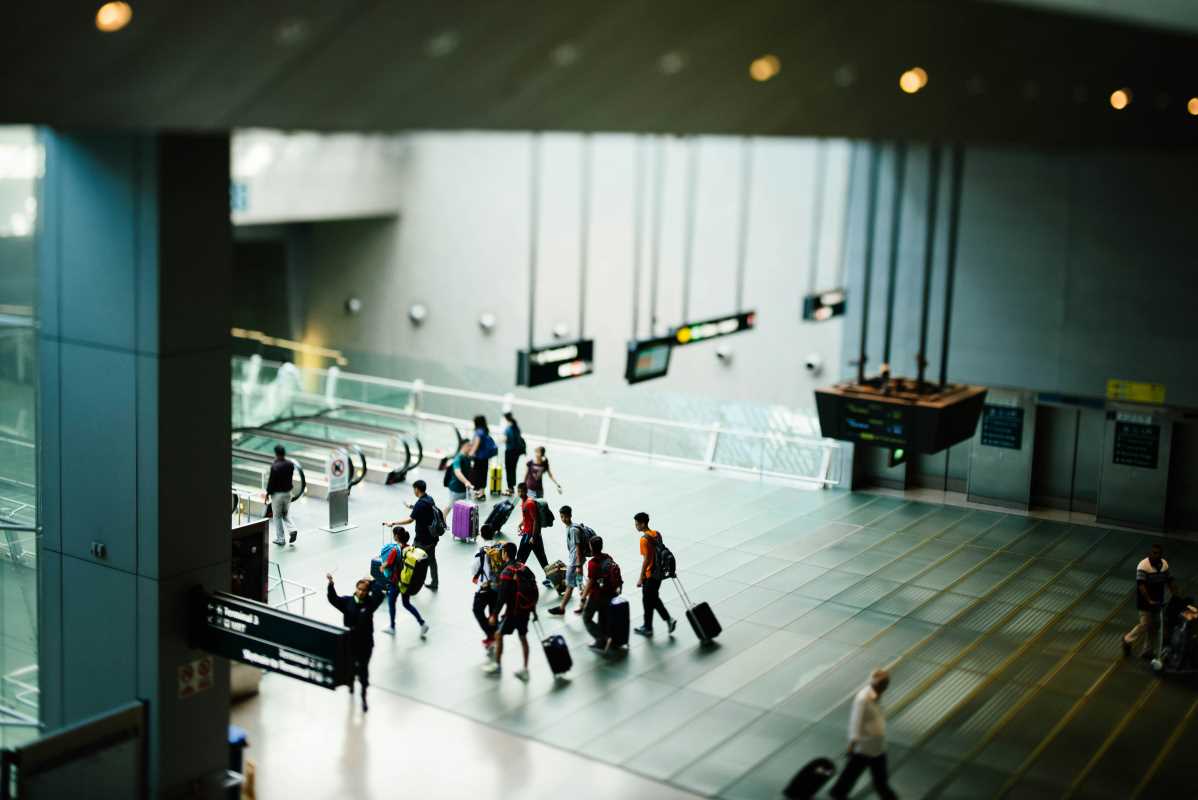Navigating the World’s Most Challenging Airports
Traveling to different parts of the world can be an exciting adventure, but some airports pose significant challenges that test even the most experienced travelers. These airports are known for their complex layouts, language barriers, and extensive security procedures. Understanding the intricacies of these airports can help prepare you for smoother travel experiences. Here, we explore some of the toughest airports to navigate and offer tips for making your journey less stressful.
Heathrow Airport in London, England
Heathrow Airport stands as one of the busiest airports globally, with its sprawling layout and multiple terminals creating a labyrinthine experience for first-time visitors. Spanning over 12 square kilometers, the airport’s terminals are interconnected by an extensive network of walkways and shuttles, making it easy to get lost. The sheer size of Heathrow means that even seasoned travelers may find themselves disoriented when trying to reach their gates or terminals.
In addition to its complex layout, Heathrow is known for its stringent security procedures and long immigration queues. Travelers often face lengthy waits as they navigate through multiple layers of security checks, which can further complicate their journey through the airport. With the added pressure of tight flight connections, the task of getting from one end of the airport to the other can be particularly stressful.
To ease the process, it’s crucial to familiarize yourself with Heathrow’s terminal map before arrival. Allocating ample time for connecting flights and utilizing airport information desks for assistance can help mitigate the stress of navigating this busy airport. Additionally, keeping an eye on flight information screens and following the clearly marked signs can streamline your experience.
Incheon International Airport in Seoul, South Korea
Incheon International Airport, despite its reputation as one of the best airports globally, presents its own set of challenges due to its sheer size and multi-level design. Spanning three main terminals and various concourses, the airport can be overwhelming for travelers who are unfamiliar with its layout. The distance between terminals and the complexity of navigating between different levels can make transferring between flights a daunting task.
While the signage in both Korean and English is helpful, the airport’s vastness means that even clear signs can sometimes feel inadequate. Travelers may find themselves walking long distances or taking shuttle trains to reach their destinations, which can be particularly exhausting during layovers. Additionally, the airport’s large size means that finding specific amenities or services can be time-consuming.
To better navigate Incheon, it’s advisable to review the airport’s terminal map and familiarize yourself with its layout ahead of time. Allowing extra time for layovers and seeking help from airport staff can make a significant difference. Utilizing the airport’s various information kiosks and digital guides can also provide valuable assistance during your travels.
Charles de Gaulle Airport in Paris, France
Charles de Gaulle Airport is infamous for its convoluted layout and the need to transfer between terminals for connecting flights. The airport’s design is characterized by its sprawling terminals and numerous shuttles, which can make finding your way around a challenge. Signage within the airport can be inconsistent, further complicating navigation for travelers.
The language barrier also adds another layer of difficulty. Although many staff members speak English, the predominance of French signage and announcements can be confusing for non-French speakers. This can be particularly problematic when trying to follow directions or understand important information related to your flight.
To navigate Charles de Gaulle more effectively, it’s beneficial to plan ahead by reviewing the airport’s layout and understanding the location of your departure and arrival terminals. Allowing ample time between connecting flights is crucial, as is paying close attention to airport announcements and seeking assistance from multilingual staff when needed. Utilizing airport guides and maps can help simplify the navigation process.
Los Angeles International Airport (LAX) in the United States
Los Angeles International Airport (LAX) is not only one of the busiest airports in the United States but also one of the most challenging to navigate. The airport’s multiple terminals are spread out over a large area, and the frequent shuttle transfers between them can be cumbersome, particularly during peak travel periods. The layout of LAX can be confusing, with long distances between terminals and complex roadways adding to the challenge.
Traffic congestion around LAX exacerbates the difficulty of navigating the airport. The heavy flow of vehicles can lead to delays when traveling to and from the airport, making the journey between terminals even more time-consuming. The airport’s design, combined with the chaotic traffic patterns, creates a demanding environment for travelers.
To manage the complexities of LAX, it is essential to familiarize yourself with the airport’s terminal layout and plan for potential delays. Allowing extra time for transfers between terminals and using the airport’s shuttle services can help mitigate some of the stress. Staying informed about traffic conditions and utilizing real-time updates can also aid in managing your journey through LAX.
Beijing Capital International Airport in Beijing, China
Beijing Capital International Airport, one of the largest airports in the world, presents several challenges for travelers, particularly those who do not speak Mandarin. The airport’s immense size means that navigating between terminals can be a significant undertaking, with long distances and complicated layouts contributing to the difficulty. The airport’s design can sometimes make it hard to find your way quickly, especially if you are unfamiliar with the layout.
The language barrier further complicates navigation. While there are signs in both English and Mandarin, the predominance of Mandarin can make it difficult for non-Chinese speakers to interpret important information. This can be especially challenging when trying to understand directions or locate specific services within the airport.
To navigate Beijing Capital International Airport more effectively, it’s helpful to study the airport map in advance and be prepared for long walks or shuttle rides between terminals. Allowing extra time for connections and seeking assistance from airport staff can also enhance your experience. Utilizing airport signage and translation apps can aid in overcoming language barriers and facilitate a smoother travel experience.
 (Image via
(Image via





